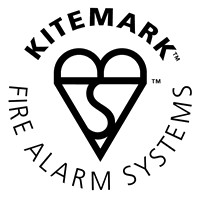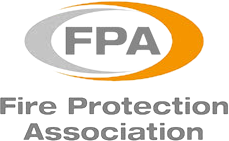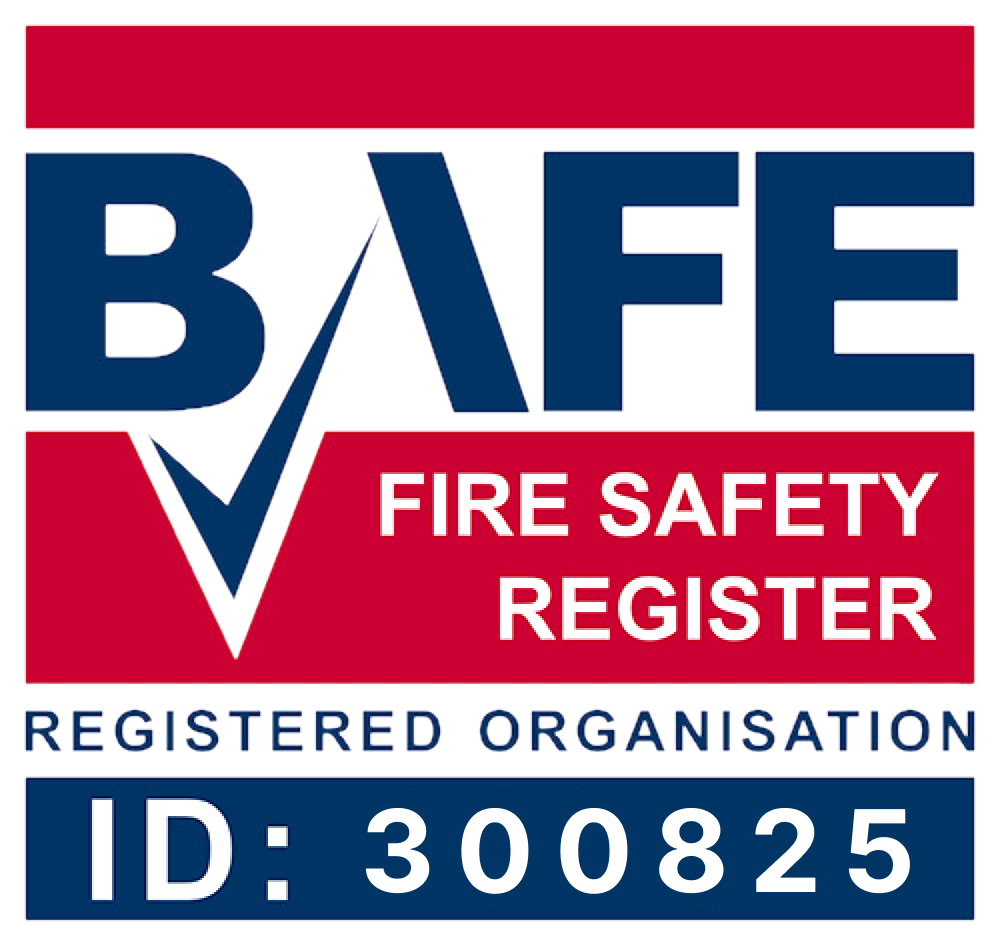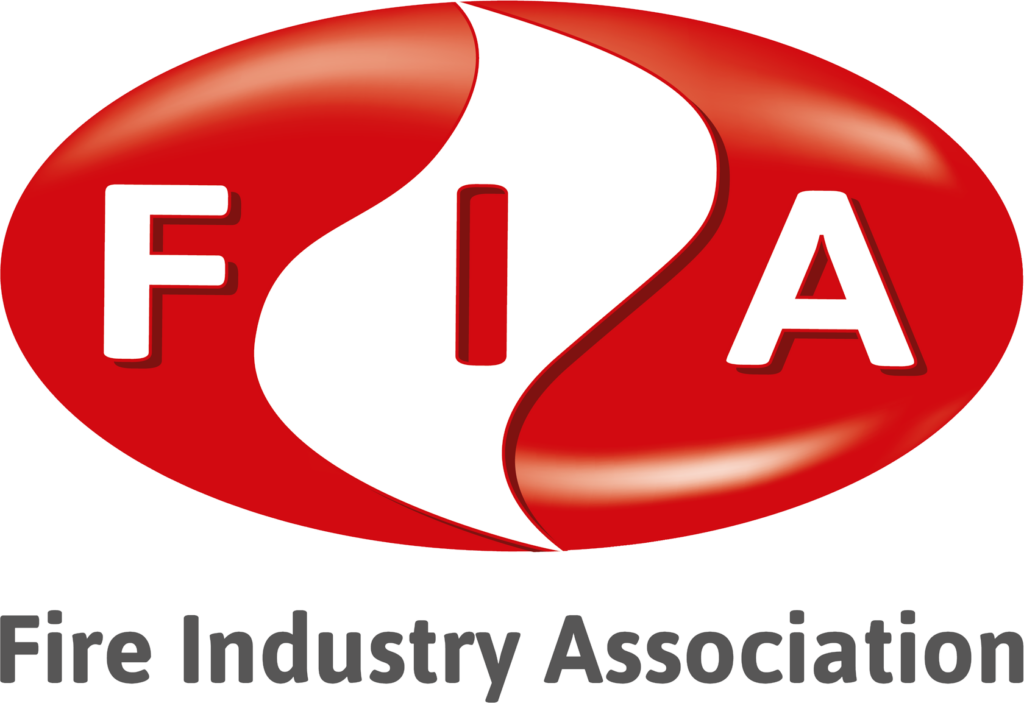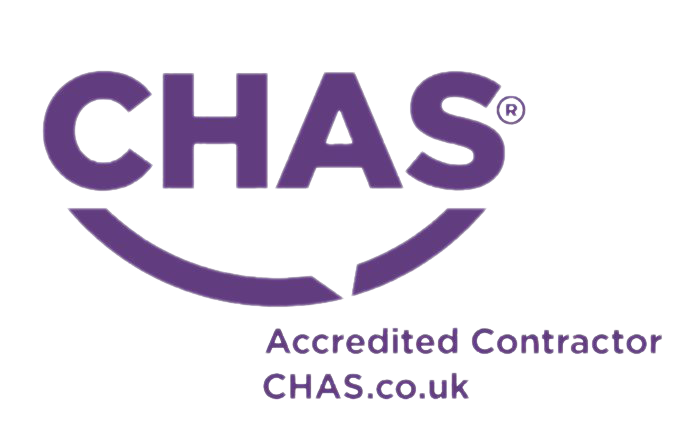Fire Curtain Servicing
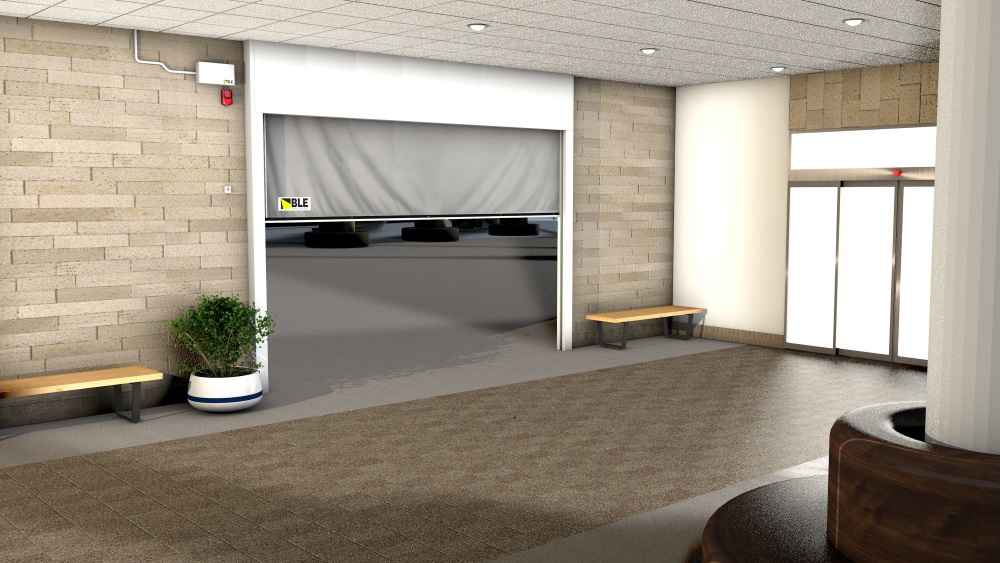
Instead of conventional non-load bearing walls or sprinkler systems, smoke and fire curtains grant considerable leeway to designers and architects. They facilitate the expansion of open-plan spaces beyond the limits prescribed by prevailing building regulations. Nonetheless, as substitutes for other fire safety mechanisms, meticulous servicing of fire curtains becomes paramount. These curtains fulfill a crucial function in safeguarding lives and must undergo rigorous maintenance to guarantee their efficacy during fire incidents.
Fire Curtain Maintenance: Guidelines And Procedures
Whether you’re managing a retail space, overseeing facilities, or simply a homeowner, maintaining the functionality of your fire and smoke curtains is paramount to safeguarding occupants against the perils of fire. It also serves as a crucial aspect of compliance with fire regulations and insurance prerequisites, making fire curtain servicing indispensable.
When integrated into a fire-engineered design, fire curtains assume a pivotal role in ensuring the safety of the premises. Failure of a fire curtain to deploy as intended could compromise the effectiveness of the fire-engineered solution, endangering both the building and its inhabitants.
Recognizing this significance, BS 8524-1: Active Fire Curtain Assemblies Specification lays down stringent requirements for the design, testing, and classification of active fire curtain barrier assemblies. Moreover, it emphasizes the ongoing maintenance of fire curtains throughout their lifespan as equally imperative as their initial specifications.
Similarly, BS 8524-2: Active Fire Curtain Barrier Assemblies Code of Practice for Application, Installation, and Maintenance provides comprehensive guidance on these essential practices.
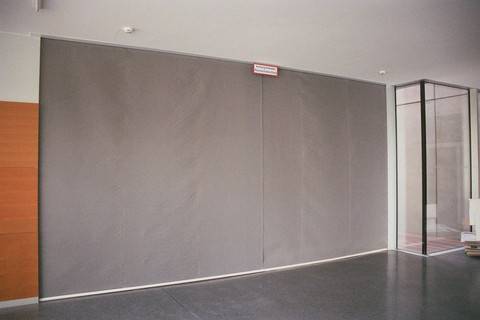
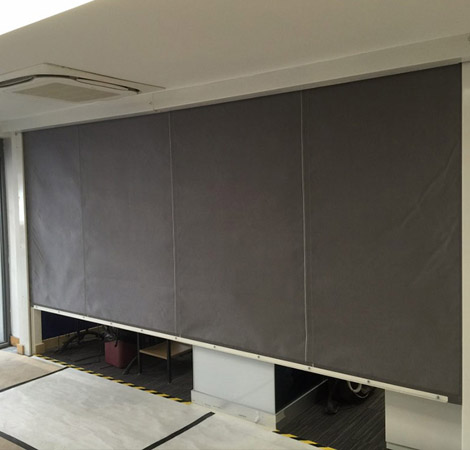
Fire Curtain Servicing: On-site Inspections
In accordance with BS 8524 standards, fire curtain servicing, planned inspections, testing, and maintenance must be conducted by a competent individual capable of verifying the effective operation of barrier assemblies when necessary, with accurate documentation of all tests. Similarly, adherence to manufacturer’s instructions is recommended for maintenance, servicing, and testing procedures.
BS 8524 outlines a series of routine checks, some of which can be performed by the Responsible Person on-site, while others require a competent engineer as part of a scheduled maintenance program.
During regular risk assessments, building occupants should inspect for potential obstructions hindering the deployment of fire curtains. Changes to building layout or activities within it should also be noted, as they may impact installed fire safety systems, such as the relocation or removal of walls affecting curtain protection.
The curtain should be operated monthly and weekly on escape routes. If integrated into a smoke control system safeguarding means of escape, the barrier assembly should be tested in conjunction with the smoke control system at least every three months.
Fire Curtain Servicing: Professional Inspections
Professional inspections by qualified engineers are crucial, with a minimum of annual frequency recommended. IQ Fire Solutions suggests bi-annual inspections for domestic premises or small offices and six-monthly inspections for larger installations like shopping malls, apartment complexes, and retail spaces.
During servicing, engineers check fixings’ security, mechanical components, and linkages to other systems like fire alarms and smoke control systems. Electrical checks include testing motor power draw, battery charging capacity, and brake operation. Batteries are particularly vital for system operation during power cuts.
Head Office
IQ Fire Solutions Ltd, 144 North Street, Romford Essex RM1 1DL, United Kingdom
Company Registration No
06577219
VAT Registration No
931 0720 61


